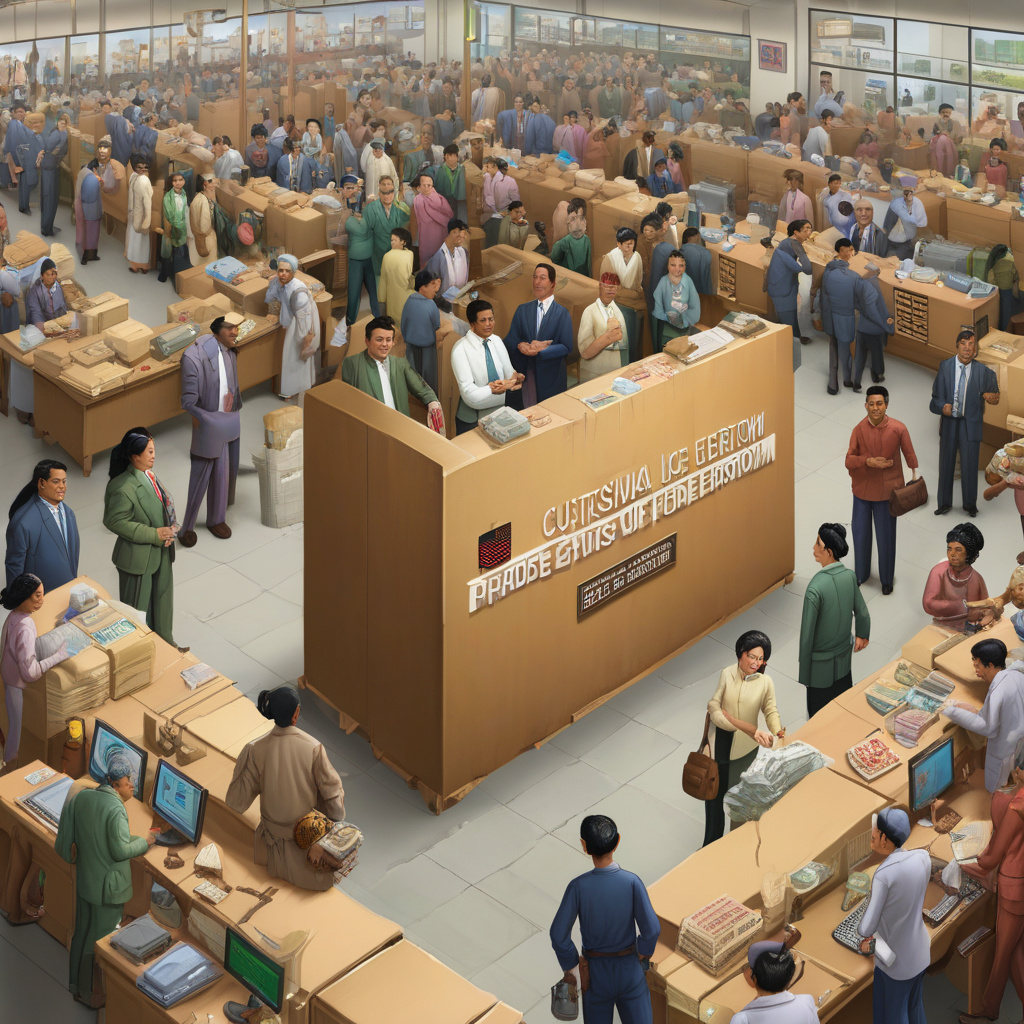Simplified EU Import Rules Set to Revolutionize Trading for German Merchants in 2026
In a significant move towards modernization and efficiency within the realm of cross-border trade, German traders are poised to witness a transformative change starting in 2026. The introduction of the Centralised Clearance system heralds a new era, offering traders a host of benefits under simplified EU import rules.
The reform initiative aims to streamline the importation process by eliminating redundant customs and VAT filings. By doing so, it effectively slashes through the bureaucratic red tape that often bogs down international trade operations. This crucial development not only saves time but also paves the way for a more seamless trading experience for merchants operating within the European Union.
One of the primary advantages of the new Centralised Clearance system is the reduction in paperwork. With duplicate customs and VAT filings becoming a thing of the past, traders can now devote their time and resources to more value-adding activities. This newfound efficiency is expected to catalyze growth and bolster competitiveness in the global marketplace.
Furthermore, by harmonizing and standardizing import procedures, the reform facilitates a more cohesive trading environment. This standardization not only simplifies compliance but also enhances transparency and predictability for traders. Such clarity is paramount in fostering trust and cooperation among trading partners, thereby fortifying the foundation of international commerce.
The Centralised Clearance system is a testament to the European Union’s commitment to fostering innovation and progress in trade practices. By embracing digitalization and automation, the reform aligns with the broader trend of leveraging technology to drive operational excellence. Through digitized processes and streamlined workflows, traders can navigate the complexities of international trade with greater ease and efficiency.
Moreover, the benefits of the new import rules extend beyond mere convenience. By reducing administrative burdens and enhancing operational efficiency, traders can optimize their supply chain management and inventory control. The newfound agility afforded by the Centralised Clearance system empowers merchants to respond swiftly to market demands and capitalize on emerging opportunities.
As German traders gear up for the implementation of the Centralised Clearance system in 2026, the future of cross-border trade looks promising. With a more efficient and streamlined import process on the horizon, merchants are poised to reap the rewards of enhanced productivity and cost savings. The ripple effects of this reform are expected to resonate across the EU, fostering a more dynamic and competitive trading landscape.
In conclusion, the introduction of simplified EU import rules through the Centralised Clearance system represents a pivotal moment for German traders. By dismantling bureaucratic barriers and ushering in a new era of efficiency, this reform is set to revolutionize the way merchants engage in cross-border trade. As we look towards 2026, the future of international commerce appears brighter and more prosperous for traders across the European Union.
#EUTrade, #ImportRules, #CentralisedClearance, #CrossBorderTrade, #EconomicEfficiency
